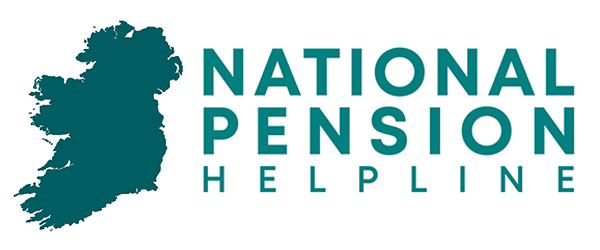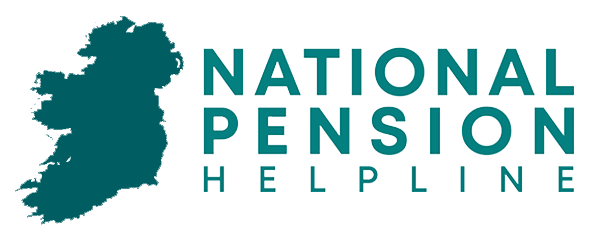What is a self-employed pension?
Self-employed people are generally good at planning and managing their careers but not always as quick to invest time and patience in finding the right pension plan.
When you operate your career outside the standard structure of a company and employee, the benefits are many. However, you lose out on the support of a company structure and the inbuilt processes that come with taking a job with someone else. The most obvious of these is being part of a group pension scheme.
While employees can hope to work for a company that offers and manages their group pension scheme, a person that goes it alone as a self-employed worker has to figure this crucial step out for themselves.
Luckily our expert expert pension advisors can assist you in understanding your options.
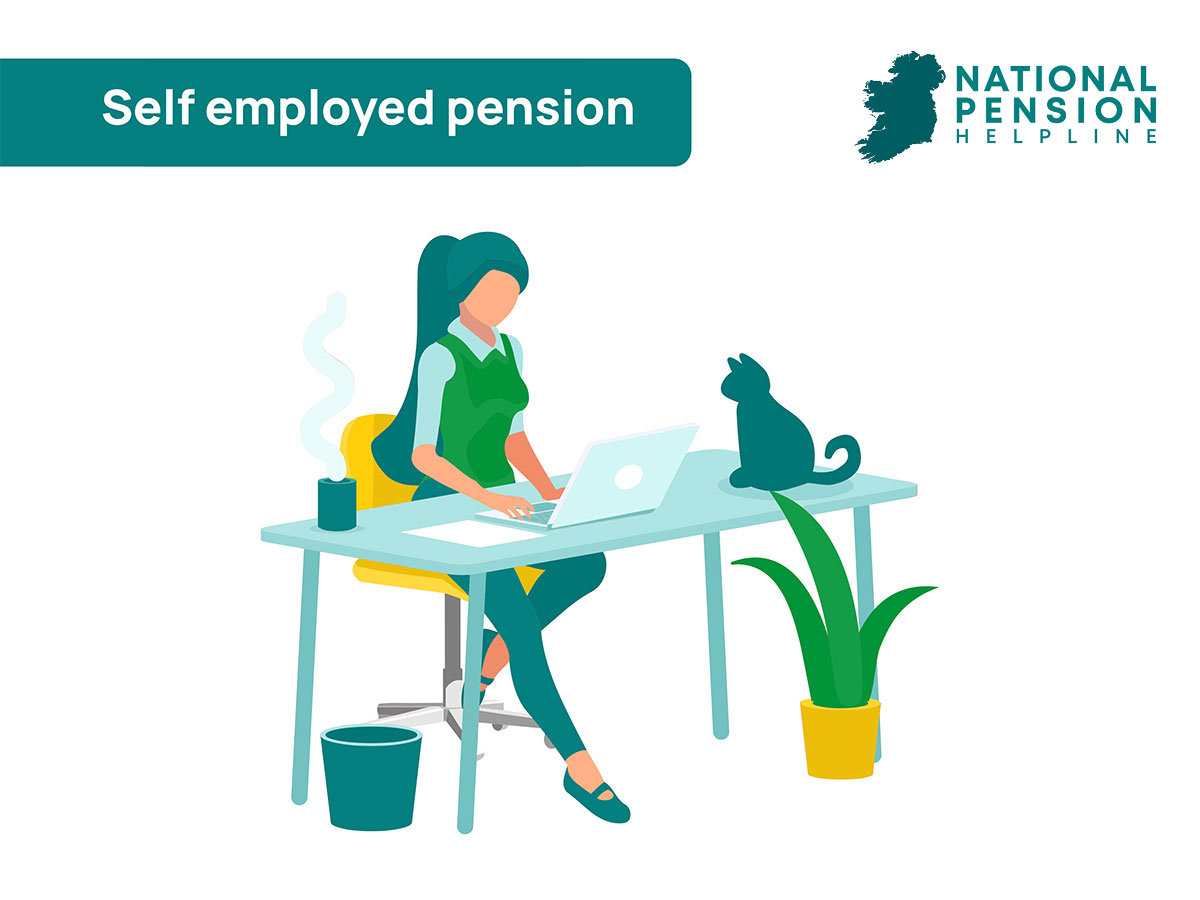
Table of Contents
What are the pension options for self-employed people?
Self-employed people will qualify for the State pension in the same way as workers do but the value of this weekly payment is not designed to match your current standard of living. Instead it is seen as an essential support for retired people.
Currently set at around €277.30 per week at the maximum level awarded, it is rarely enough for a self-employed person to match their income while working. Therefore an additional pension product is required.
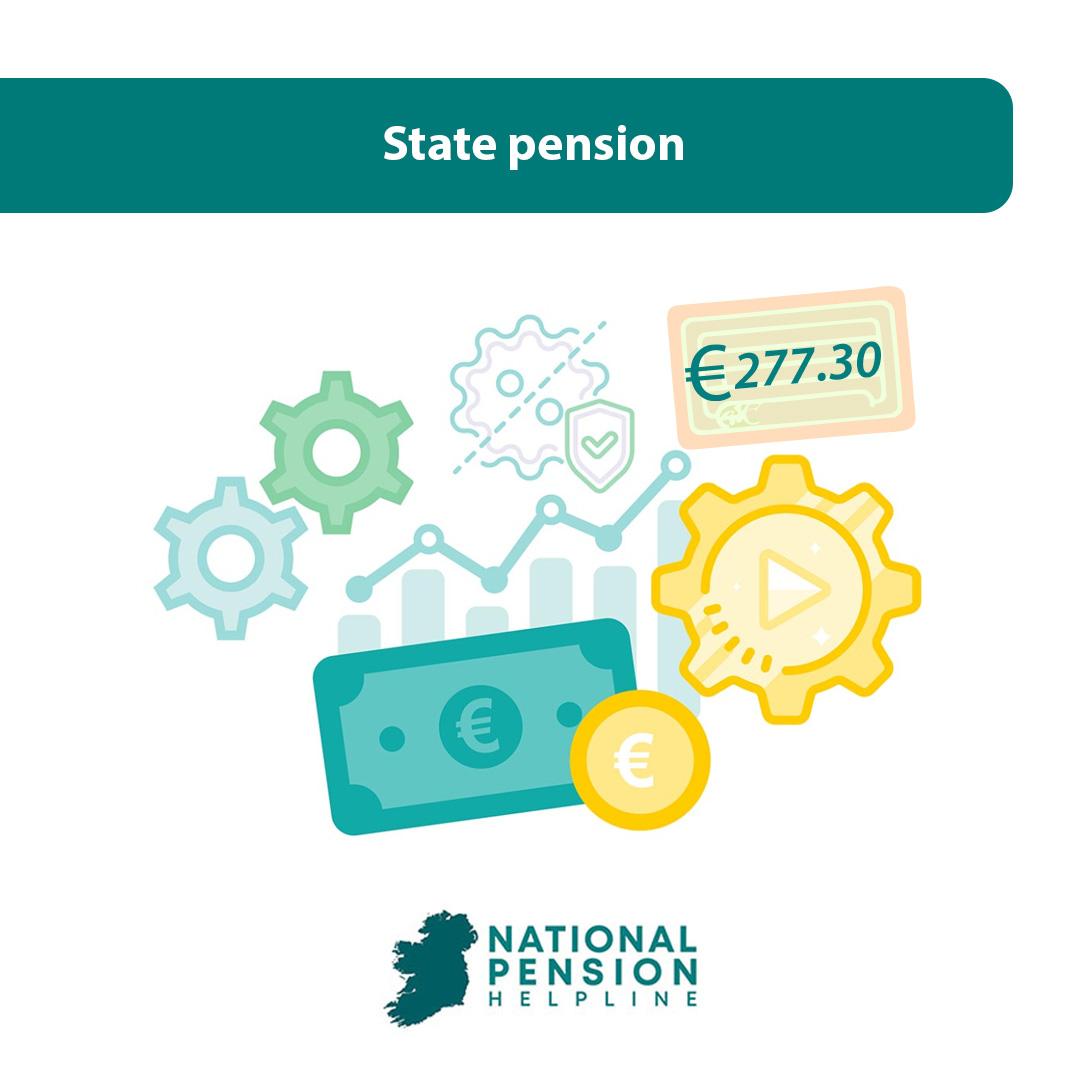
As a self-employed person you have two options:
What is a Personal Pension Plan?
A Personal Pension is a pension product that is offered by financial institutions. It is a privately owned pension and is in your name. There is no employer contribution and there are limits on how much you can contribute, according to your age.
For example, for self-employed people below the age of 29 you can contribute a maximum of 15% of net earnings. This contribution then rises according to ascending age brackets. By the age of 40 you can contribute 25% of your net earnings. By the age of 55 you can contribute 35% and at 60+ you can a maximum of 40%.
Max contribution per age:
| Age | Max Contribution Allowable |
|---|---|
| 29 or younger | 15% of net relevant earnings |
| 30-39 | 20% |
| 40-49 | 25% |
| 50-54 | 30% |
| 55-59 | 35% |
| 60+ | 40% |
Why start a pension?
Apart from simply planning for your retirement, a pension plan is a fantastic way to save. It offers tax relief, the opportunity for growth of funds and access to a lump sum tax free amount at retirement age.
If you need help and want to learn more about how to start a private pension or you can fill out our interactive application form to start your pension online.
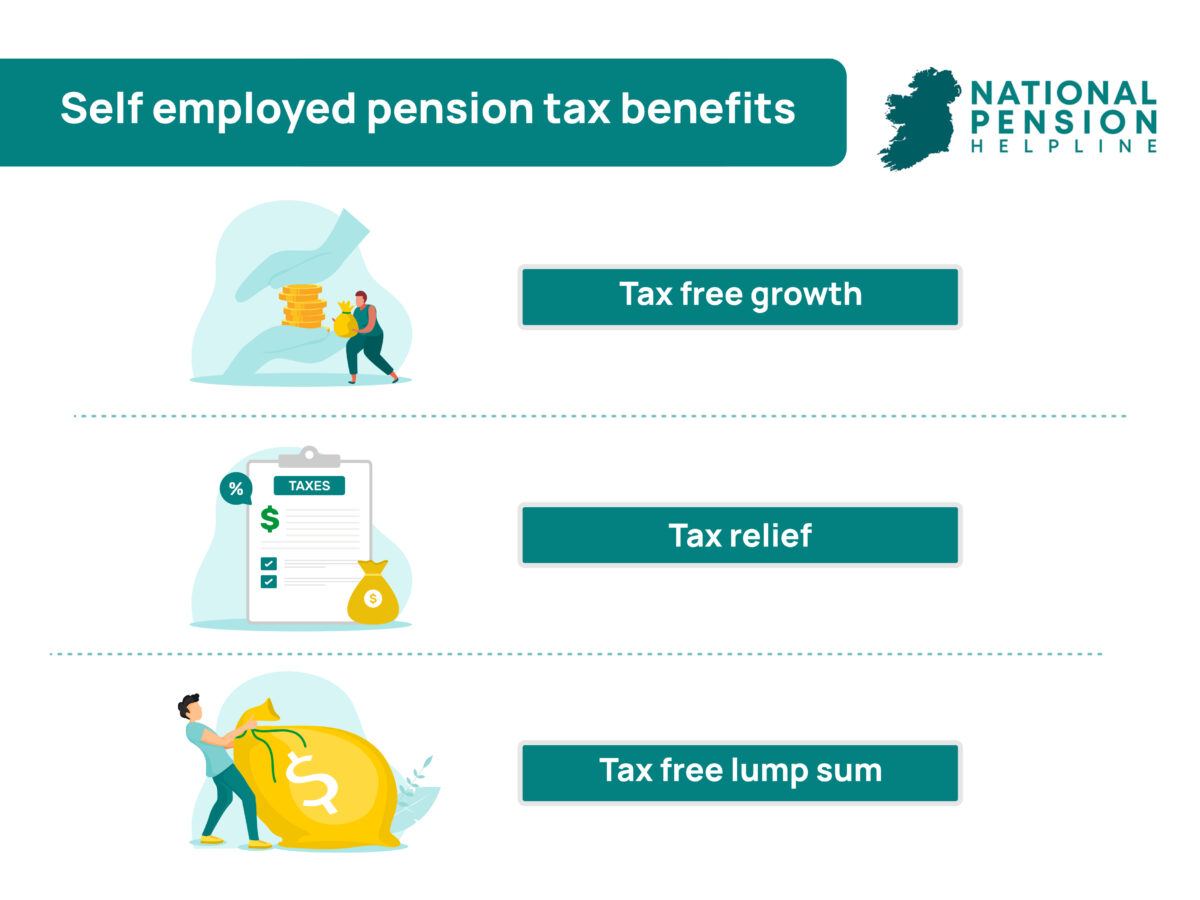
What is a PRSA / Personal Retirement Savings Account?
A private PRSA pension is a personal pension product that YOU own, giving you the freedom to save for retirement at your own pace.
You decide how much you want to contribute and how frequently you do that. A PRSA isn’t only for self-employed people. It can be taken out by workers who are already on a company pension also as an additional pension support.
However, it is very well suited to self-employed people because it suits people who are not sure of their income or cash flow, or at least do not have a steady predictable income. It also allows them the freedom to work for another company as an employee again in the future without affecting their PRSA.
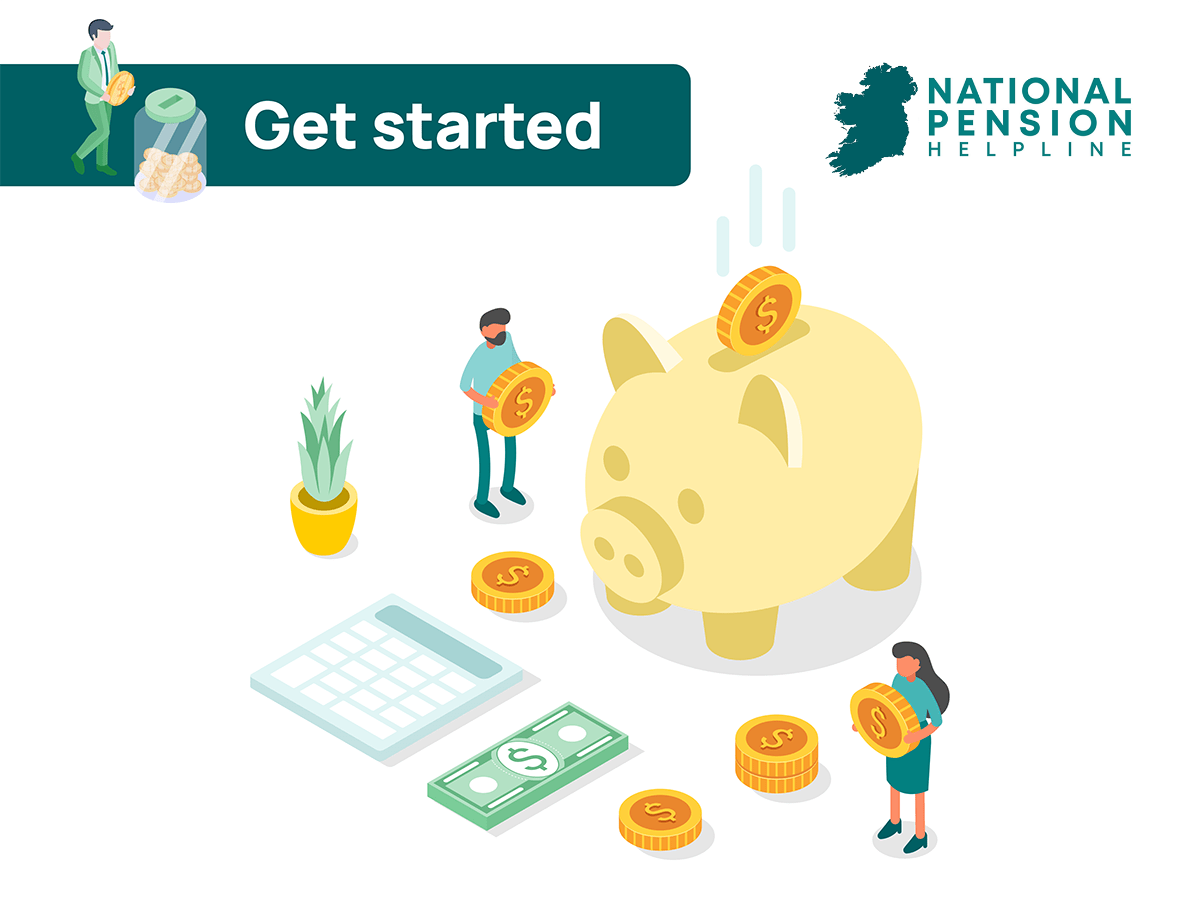
What are the two types of PRSA?
PRSA pensions come in two types:
- standard
- non-standard
A standard PRSA has limits applied to the funds that are available to be invested in. This is a legislative requirement but it is not so restrictive that it makes the PRSA not viable. There are still plenty of options to choose from and it is a popular choice.
One reason for its popularity is that the charges that go along with the standard product are transparent and easily understood. There is a maximum of 1% Annual Management Charge and a minimum of 95% allocation rates. This simply means that if you contribute €100 into your pension then €95 is invested and €5 is used to cover charges plus 1 of the value of the fund overall is deducted as an annual charge.
A non-standard PRSA does not have limits on the fund types that you can invest in. However, equally, the non-standard PRSA does not have maximum limits set for the charges you will pay to manage the savings account. The benefit to those who choose this option is the wider types of investments that their savings can be put into.
What is the best pension option for you?
The best pension option for you is the one that matches your personal financial situation most closely as well as matching the level of risk you want to take on with your pension.
To understand this it’s essential that you take advice from an independent pension advisor. They will be able to examine your current situation, your ambition for your self-employed status in the future and advise on the products and subsequent options that suit you best. They will assess your options under three headings: Flexibility, Suitability and Charges.
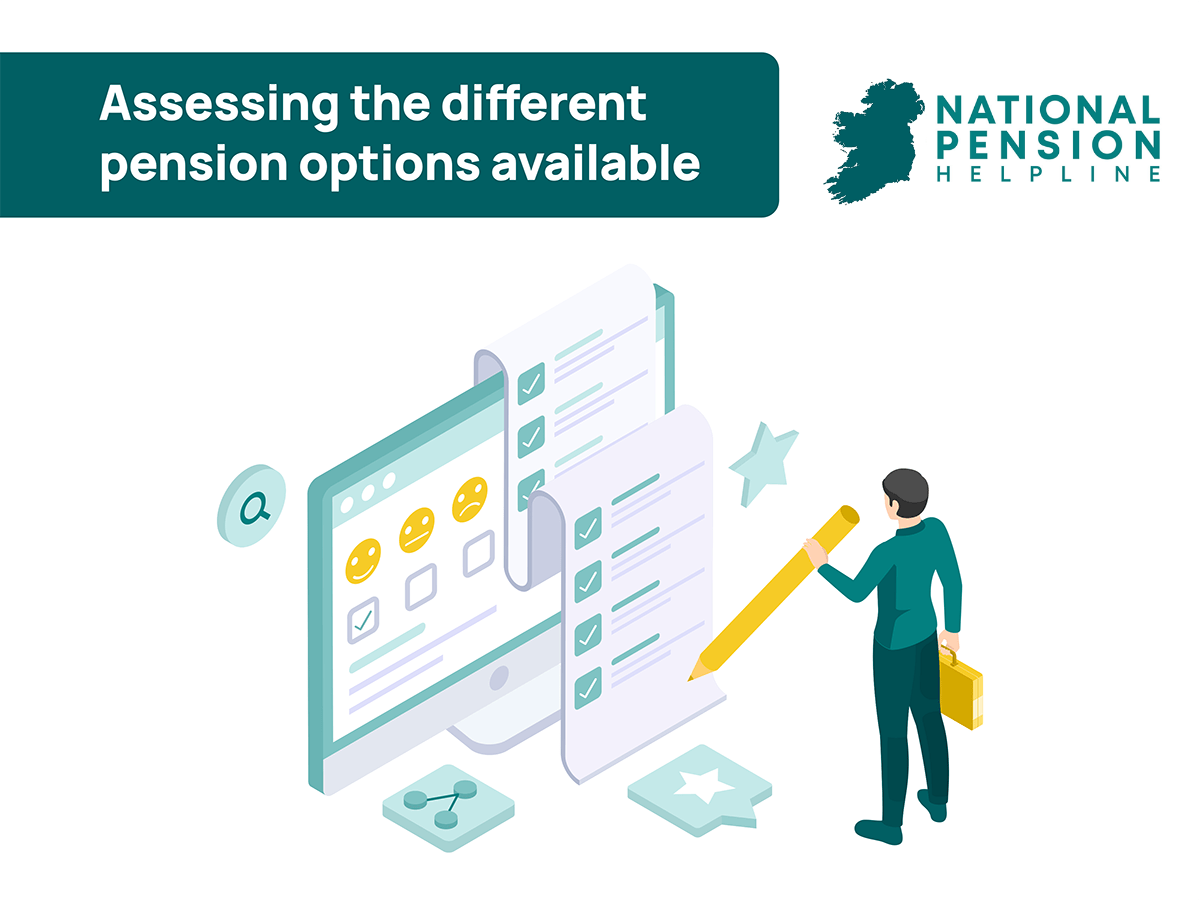
PPP Vs PRSA: Flexibility
The flexibility heading is designed to help you decide which pension product suits you best. Are you confident about your earning potential going forward and have a steady income that can be predicted? Then you may prefer a PPP which has regular payments of set amounts.
If not, then a PRSA may be preferred. This is best suited to individuals working on a self-employed basis who are less certain on how much income they will receive month to month. It allows irregular contributions to be made, of differing values.
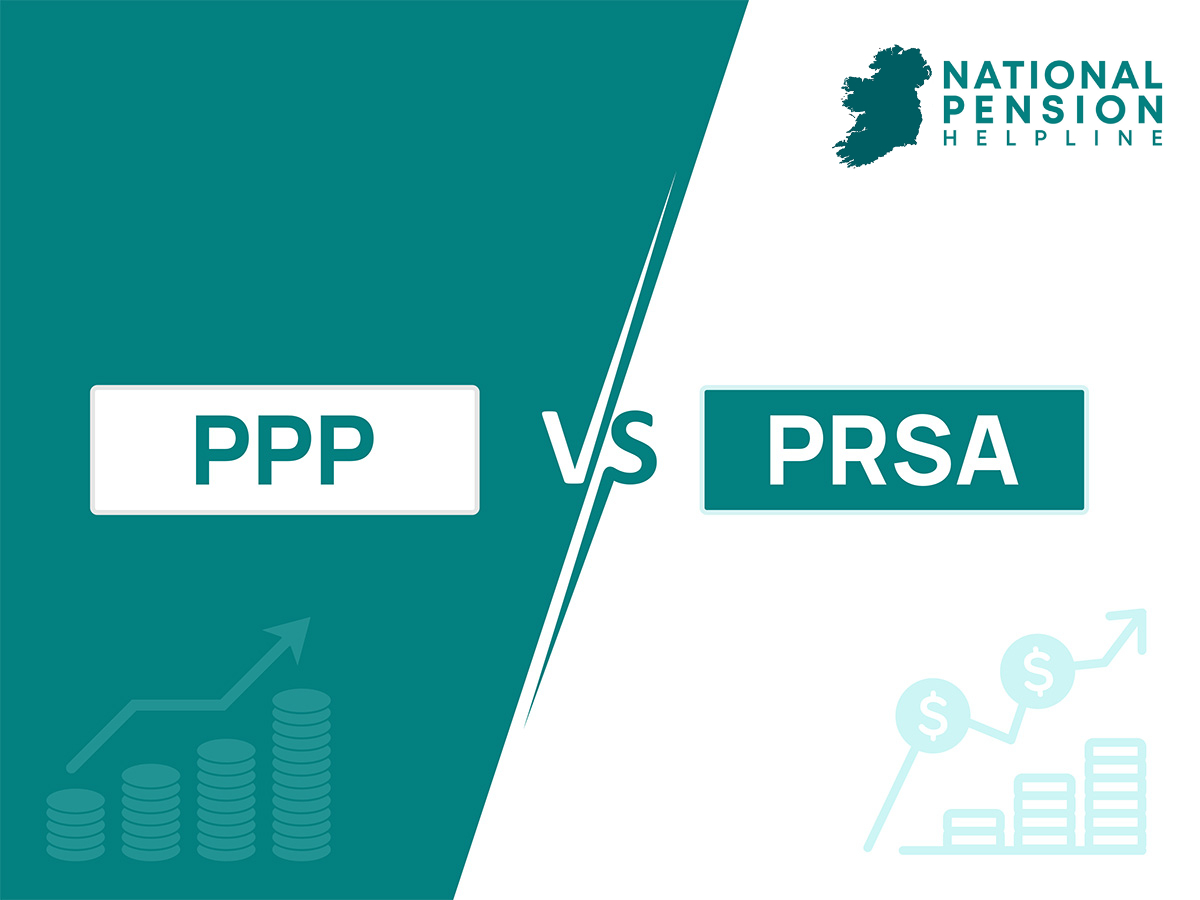
PPP v PRSA: Suitability
The Suitability heading is designed to reflect your current working situation as well as the amount of flexibility you need in your pension plan. To qualify for a PPP, you must have a source of taxable relevant earnings in the current tax year or in a previous tax year to qualify. In the case of a PRSA you can open this without reference to your current tax status and you can move jobs or working scenarios and continue to pay into the PRSA.
PPP v PRSA: Charges
The charges you pay on a PPP and a PRSA differ according to your choice. The charges paid on a PPP are generally lower than on a PRSA. The charges on a PRSA are dependent on whether you choose a standard or non-standard PRSA product. A standard PRSA has clear and concrete management charges of 1% annually on the value of your fund. A non-standard PRSA has a differing charging and there are no maximum limits as to what can be charged. They can be higher or lower than a standard PRSA depending on the decisions you make around investment fund destinations.
What age can I begin to draw from my pension?
With both a PPP and a PRSA the minimum age to drawdown funds is 60. There are limited options around early retirement which allow you to draw down funds earlier.
Learn more about your Self Employed pension options
To learn more about your Self Employed pension options and to figure out what option works best for you, fill out our eligibility quiz and a trusted financial advisor will be in touch for a free consultation.

